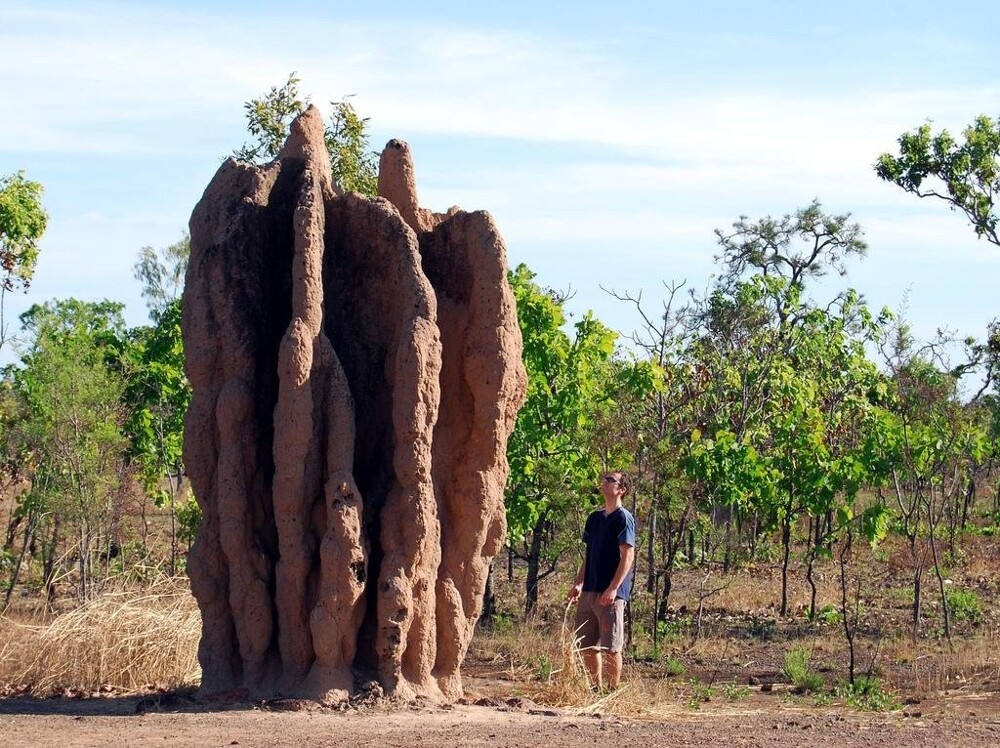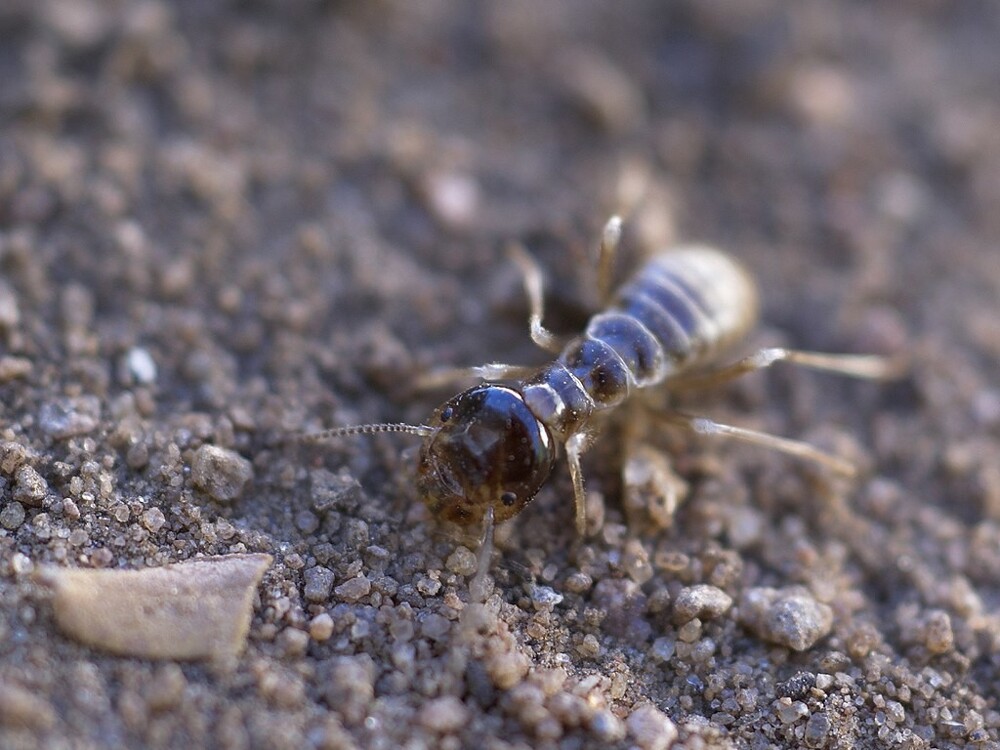Termite mounds inhabited for 34,000 years have been discovered in South Africa (3 photos)
Scientists in South Africa were amazed to discover that termite mounds that are still inhabited today are over 30,000 years old, making them the oldest known active termite mounds. Some termite mounds near the Buffels River in Namaqualand are estimated by carbon dating to be 34,000 years old, according to researchers from the University of Stellenbosch. 
"We knew they were old, but not that old," said Michelle Francis, a senior lecturer in the university's soil science department who led the study. Her article was published in May.
Frances noted that termite mounds existed when saber-toothed cats and woolly mammoths roamed other parts of the Earth, and large areas of Europe and Asia were covered in ice. They predate some of the earliest cave paintings in Europe.
Some fossilized termite mounds have been discovered and date back millions of years. Prior to this study, the oldest inhabited termite mounds were found in Brazil and were about 4,000 years old. 
Frances noted that termite mounds in Namaqualand are the termite equivalent of an "apartment complex" and evidence shows that they were continually inhabited by colonies of termites.
Termite mounds are a well-known feature of the Namaqualand landscape, but no one suspected their age until samples were sent to experts in Hungary for radiocarbon dating.
Some of the largest termite mounds, known as "huyweltjes" (which means "little hills" in Afrikaans), are about 30 meters in diameter. Termite nests extend up to 3 meters underground.
Researchers needed to carefully excavate parts of the termite mounds to take samples, and the termites went into “emergency mode,” starting to fill the holes, Frances said.
The team completely restored termite mounds to protect termites from predators such as aardvarks.
Frances noted that the project was not just a fascinating look at ancient structures. He also offered a glimpse into prehistoric climate, which showed that Namaqualand was a much wetter place when the termite mounds formed. 
Southern harvester termites (Hodotermitidae) are experts at capturing and storing carbon by collecting twigs and other dead wood and burying it deep in the soil. This has benefits for mitigating climate change by reducing the amount of carbon released into the atmosphere.
It is also good for the soil. Masses of wild flowers bloom on termite mounds in a region that receives little rainfall.
Frances called for further research into termite mounds, given the lessons they offer about climate change, maintaining ecosystems and perhaps even improving agricultural practices.






























